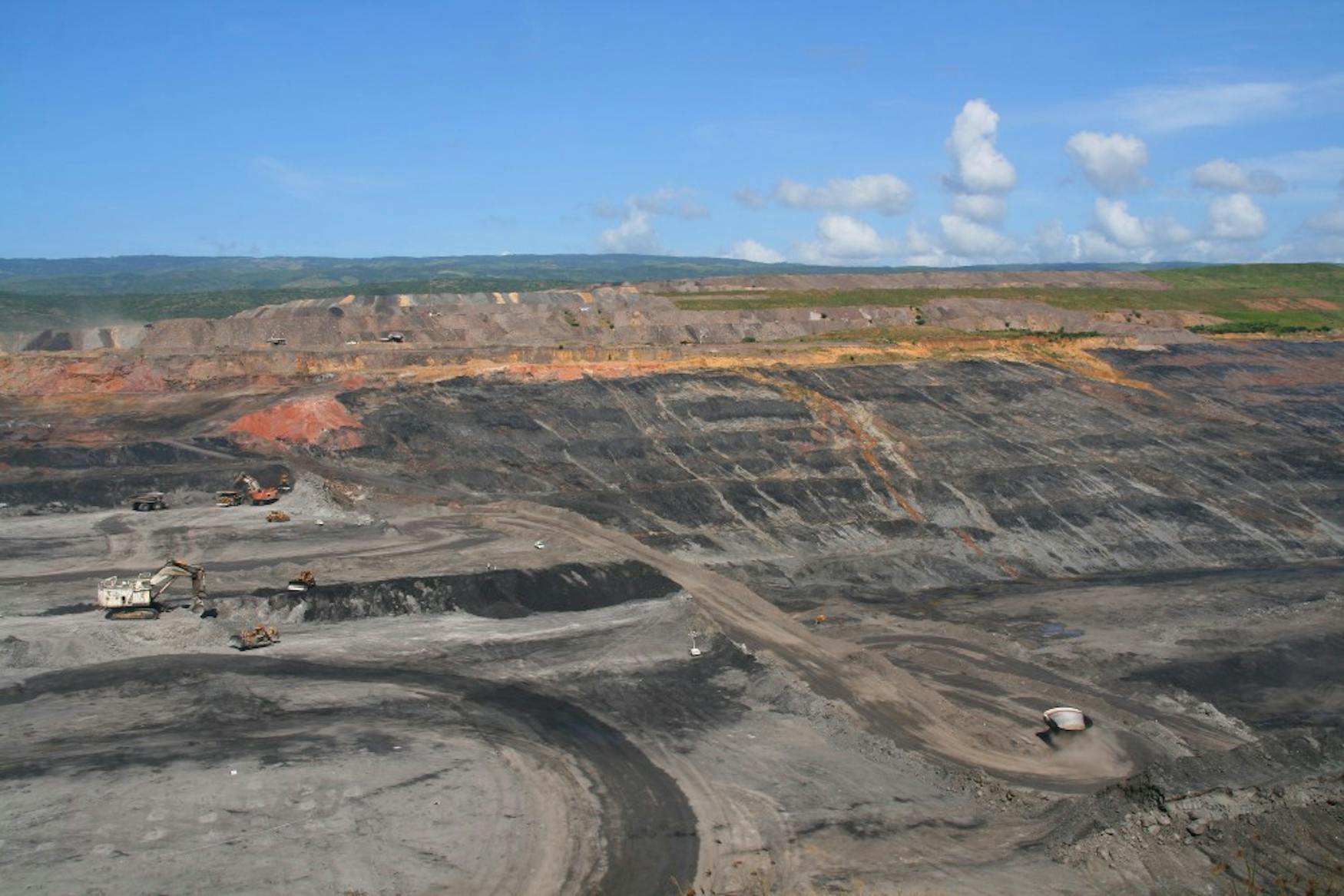Mining for a Fair Deal
A Tribe in Northeast Colombia Clashes with a Coal Company in a Fight to Keep their Homes
Nestled in the mountains and forests of northern Colombia is the small village of Tamaquito. Tamaquito has been the home to a small tribe known as the Wayúu people. For decades, this tribe has lived off the land, farming and hunting with relatively little connection to the outside world. But in 1980, the Swiss energy company, Glencore began building the largest open pit coal mine (El Cerrejón) adjacent to Wayúu territory, turning the lives of those people upside down and forcing them to make life or death decisions.
On Nov. 9, the Environmental Studies and Hispanic Studies departments co-hosted a screening of the German documentary, “La Buena Vida - The Good Life” to a modest audience in the Shiffman Humanities Center. The documentary follows Jiaro Fuentes, the leader of the Wayúu people, as he struggles to negotiate with Cerrejón and relocate his tribe to a safer region.
The film opens with Fuentes gazing out from atop a ledge overlooking the 700-square-kilometer black pit that is the Cerrejón coal mine. For weeks, he has been in tense negotiations with the mine’s operators over the site’s encroachment onto Wayúu land and the pollution of the surrounding enviroment. To make matters worse, Cerrejón’s parent company, Glencore, has hired a team of heavily armed security guards to patrol the mine. In the opening scene, one of the guards asks if he can write down the names of the Wayúu people to take a “census.” In an effort to assert his authority, Fuentes refuses and instead asks to speak with the guard’s boss. The small encounter between the two is emblematic of the relationship between the Wayúu and Cerrejón employees. While the Cerrejón is operated by one of the most valuable multinational corporations, the Wayúu are determined to exercise what little power they have to prevent being removed from their homes so that the mine can expand.
On camera, Fuentes expresses his desire to keep the negations peaceful: “I don’t want anybody to get hurt,” he urges. But he is concerned that his people are in danger. One day, he holds a meeting with the Wayúu men and boys, instructing them to stay out of trouble and not disrupt the mine’s operations. Some of the elders question Fuentes’s leadership, suggesting that the tribe both refuse to move and to sign a resettlement contract with Cerrejón. Fuentes says that they should be patient and that if Glencore treats them fairly and promises to fully resettle the tribe and provide new homes and arable land, they should consider a deal.
Through footage of Wayúu fisherman finding coal in their rivers to harvesters discovering that their crops have died due to a lack of water, it becomes clear that the Cerrejón mine is destroying Wayúu land at an alarming rate. Finding the land that once sustained them to now be barren, Fuentes must make a decision for his people.
Fuentes asks his grandfather for advice while sitting outside his one room hut made out of logs and mud with a corrugated steel roof. His grandfather turns to him and says that he used to dream about their home and be happy; everything they needed was provided by the land. He dreamt that his children would inherit the land and live a meaningful life just like he had. Recently however, those dreams have darkened. Now, he envisions torment, there is no fish in the stream or sheep in the pastures. He fears the lifestyle he lived will be untenable to future generations.
That night, Fuentes receives a call from an anonymous person threatening him and his tribe. Believing the caller to be from Cerrejón, he decides to act swiftly. The next morning, Fuentes, accompanied by the tribal elders, meets with staff from Cerrejón to sign a resettlement contract. The staff from the mine promise to resettle the Wayúu in larger houses near land where they can hunt and grow crops. After signing the agreement, Fuentes looks up toward the camera — his eyebrows narrowed and a sad look across his face.
Over the following weeks the Wayúu systematically disassemble their old homes, using axes and hammers to destroy the huts their families have lived in for generations. As the families pile into the vans that will take them to their new homes, tears stream down their faces.
The houses Cerrejón has provided the Wayúu are larger and have electricity, running water and insulation. The land, however, is dry, and there are very few animals to hunt. Angered by what he perceives to be an inferior home, Fuentes accuses Cerrejón of not holding up its end of the bargain.
A year later, Fuentes travels to Baar, Switzerland to attend Glencore’s annual shareholder meeting. Tony Howard, the chairman of Glencore, sings the company’s praises, explaining how 2013 was its most profitable year to date. Beaming, he says, “We should be proud of all the people whose homes we light using our energy supply chains.” In a moment of silence in the presentation, Fuentes stands up and accuses Glencore of forcing his tribe to relocate to inferior land. Howard and the board members quickly call security and ask Fuentes to “calm down.”
The film ends with Fuentes looking out upon endless rows of shiny skyscrapers and beautiful apartments. He is on the train to the airport so he can catch a plane back home. Now that the Wayúu have signed their agreement with Cerrejón and by extension, Glencore, Fuentes is powerless. As he turns to face the camera, a single tear streams down his cheek.



Please note All comments are eligible for publication in The Justice.